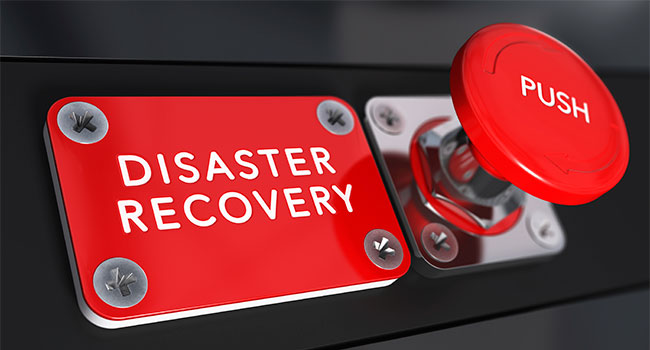 Every organization has a disaster recovery plan. Knowledge Management has a key role to play in ensuring your organization’s survival.
Every organization has a disaster recovery plan. Knowledge Management has a key role to play in ensuring your organization’s survival.
What if Chicken Little was right?
In a recent article in Huffpost Business, Michael D. Shaw asserts that organizations have much to learn from the world of science:
“One of the universal lessons of science is that the work (science) transcends the scientist. Through a combination of experimentation, the verification of results, and vindication of a theory or conclusion in a credible journal, the work speaks for itself.”As a result of the above process, it doesn’t matter what happens to the scientist, the organization or possibly civilization itself. The knowledge has been preserved and others can use it. In addition to informing the ongoing research of other scientists, the preservation of such knowledge can be very useful, if Chicken Little is right and the sky does in fact fall.
Disaster Recovery as a rationale for KM
KM projects are often marketed as making people more effective. While this is a very noble objective, it is difficult to quantify the return on effort. Worse yet, KM lacks a strong, immediate benefit that participants can relate to.
On the other hand, everyone understands the need to protect their organization’s knowledge assets in the event of a disaster. It’s like insurance: you don’t want to pay the premiums, but you don’t want to take the risk.
Logic and emotion
Positioning KM as part of your organization’s disaster recovery strategy increases both understanding and emotional appeal. It imbues KM with a useful sense of urgency and importance. What CEO would want to be responsible for failing to secure intellectual assets? What mid- level manager would want to endure a review of their department’s disaster recovery program that demonstrates that vital organizational learnings have not been recorded? What employee wouldn’t want their work included in such a KM program? Exclusion would mean they are either incompetent or unimportant.
Insert knowledge capture into your organization’s business processes
The accounting function provides a great example of how knowledge management can protect your organization. As an output of following established procedure, clerks and accountants record information that is fundamental to your organization’s survival in the event of a crisis. Note that they do not create it. They are simply categorizing and storing it.
A good KM program does exactly the same thing. It inserts itself into daily, standard operating procedure. At the conclusion of every important event, knowledge gained is categorized and stored—and when looked at through the disaster recovery lens, that means it’s preserved for easy retrieval in the event of an emergency. Nothing more, nothing less.
Storing every scrap of information is not KM
Storing everything will not help your organization rebuild itself in the event of a disaster. That approach will not help maintain continuity in the event a manager leaves the team, and it is certainly not going to help when a key employee leaves. Why? Simply because there is too much information and not enough time to sift through it.
Imagine if your organization had to rebuild its accounting records by looking at stacks of invoices, cancelled checks and payroll deposits. We all hate doing our taxes, and that only requires retrieving a few documents from the past year. Imagine if you had to report every single purchase you made in the last year to the tax authorities!
The hidden benefit of capturing the essentials
Good KM captures key items that will be needed if and when the time comes to rebuild. Good KM always weeds out the non-essential. That way, it’s easy to find the important stuff.
And guess what? If the disaster never happens, people in your organization will still have a valuable resource that makes them more effective!

